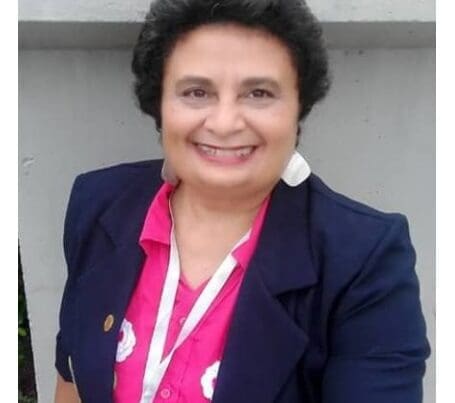Mesa, V. M., Gómez, P. y Cheah, U. H. (2013). Influence of international studies of student achievement on mathematics teaching and learning. En K. C., C. Keitel, A. Bishop, F. Leung y J. Kilpatrick. Third international handbook of mathematics education (pp. 861-900). Dordrecht: Kluwer.
In this chapter, we present findings regarding the ways in which the results of international studies of student achievement have influenced the teaching and learning of mathematics in the classroom. We put forward a model of curriculum composed of four levels (global, intended, implemented, and attained) and four dimensions (conceptual, cognitive, formative, and social). This model allows us to describe the differences between two major international studies of student achievement—the Trends in the International Mathematics and Sciences Study (TIMSS) and the Programme for International Student Assessment (PISA)—and to situate the influences of these studies on classroom practice. Our search revealed that the question of how these studies have directly affected practice has not been systematically addressed. Although we found that some influences of the international studies on classroom practice do exist—for example, in the language used in public documents, in the localization of curriculum design, and in the impact of using imported textbooks—research on these influences has been conducted mostly in isolation, without any coherent plan. We use our curriculum model to propose a research agenda on three major areas: the impact of the notion of competency and the use of the studies’ frameworks; curriculum control, design, and management; teacher preparation and development and textbook use.
ISBN: 978-1-4614-4683-5 DOI: http://tinyurl.com/o67dfeh





